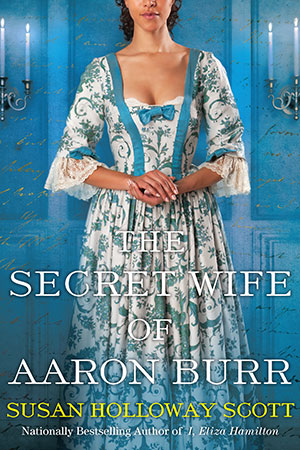 |
| Bustle dress ca 1885 |
A reader’s comment on my 1885 fashion post, regarding the weight of this type of fashion, sent me in search of more than my vague guess at weight and (in)convenience. While 19th C ladies wore numerous undergarments, I’m focusing on the bustle, since emphasis on the booty is one of the most striking features of the year’s fashions.
From C. Willett and Phillis Cunnington’s The History of Underclothes, I learned that “the name “bustle” was, in the 1880s, considered a little coarse. ‘Tournure’ or ‘dress improver’ was a more ladylike appendage to the lower back.”
The bustle, according to the Cunningtons, “as a separate article from the petticoat with back flouncing, began to return in 1883, in a short form for the walking dress and longer for the evening. By the next year it was either attached to the bodice or the petticoat, or it might be in the form of crescentic steels introduced into the back of the dress itself. By 1885 a horsehair pad, some six inches square and often called a ‘mattress’ was added; the American kind, of wire—‘which answers the purpose much better; was but one of many other varieties. Unlike that used in the 1870s, the bustle of the 1880’s produced a prominence almost at right angles so that it was popularly declared a tea-tray could be comfortably rested on it.”
This image shows the bustles sans accompanying undergarments.
The image at right, also from the Los Angeles County Museum of Art, gives a better idea of the underpinnings. The bustle is described as “Cotton twill, cotton-braid-covered-steel, and cotton-braid cord.”
 |
| 1885 undergarments |
Here is an 1885 cotton twill and wire bustle from about 1885. This bustle shows a slightly different approach, from about the same time. At the V&A is this bustle pad from France. The item appears in Eleri Lynn's Underwear: Fashion in Detail (2014) with this commentary: “By 1880 the bustle had all but disappeared, making a re-emergence around 1883. However, instead of the low drapery of the mid to late 1870s, the new style was sharp and angular, jutting out at right angles to the body. This square bustle pad is made from glazed calico trimmed with silk cord, and fastened with a waist tape. It is stuffed to a very solid shape with straw and would have been worn with several petticoats.” The book, which I recommend, also shows the steel bustle in closeup.
Given the images and the vast amounts of trimmings on the clothing itself, I’m now inclined to agree with the reader that this fashion would be rather heavy and awkward—for us. The ladies, I assume, would have been accustomed, and mightn't have thought of their clothing in that way.
Images: Woman’s 2-piece silk bustle dress, France, c. 1885, and Bustle and undergarments c 1885, Los Angeles County Museum of Art, Costume and Textiles Department.
Clicking on the image will enlarge it. Clicking on the caption will take you to the source, where you can learn more and enlarge images as needed. And, just so you know, if you order a book through one of my posts, I might get a small share of the sale.















 One of us --
One of us -- 


